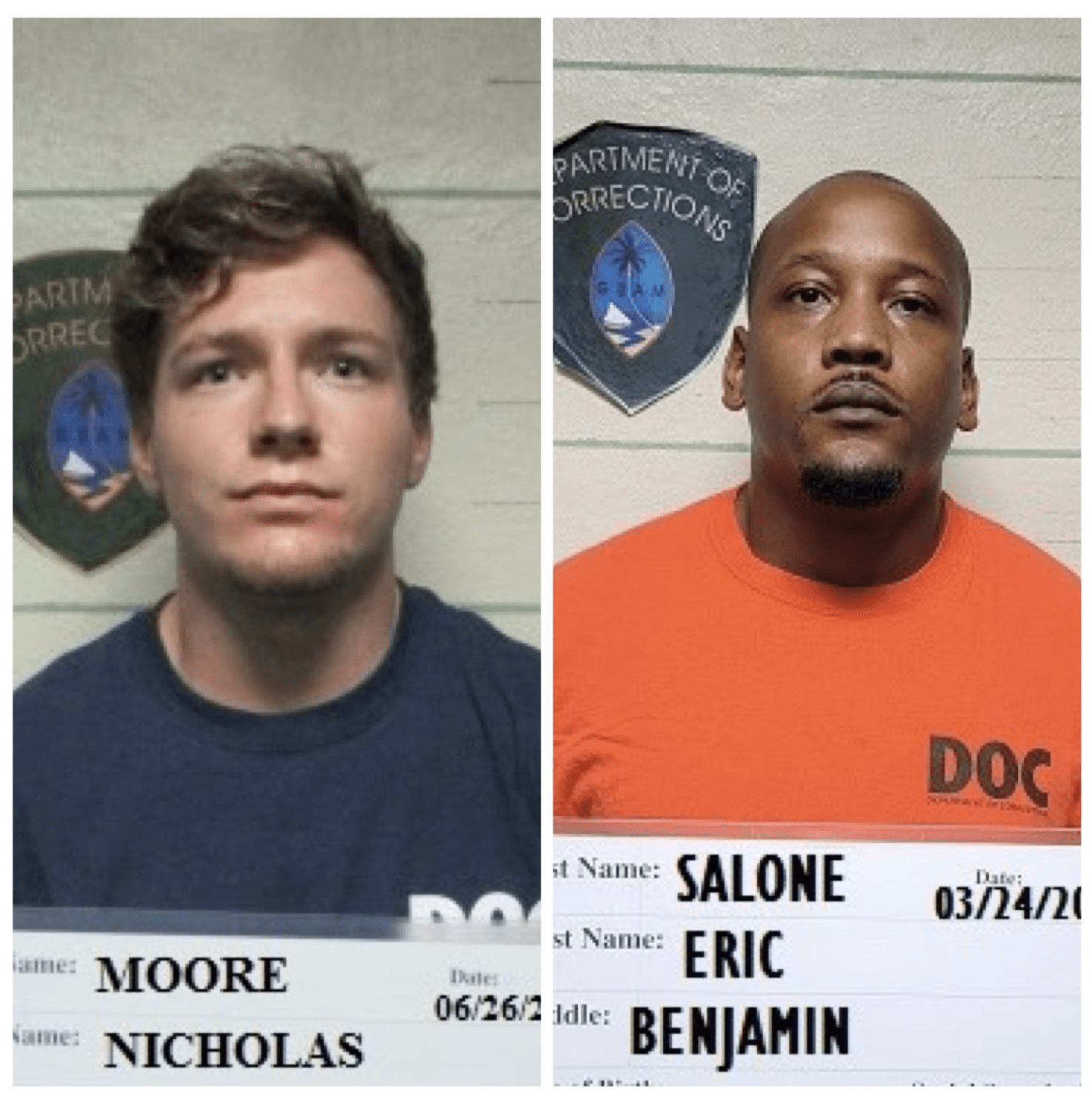The public trial against Nicholas Moore started off not so public Monday morning. A few minutes into the trial, reporters observing the trial were escorted out by marshals, who claimed the clerk of the Superior Court of Guam had not authorized media coverage.
Both KUAM News and Kandit informed the deputy marshal that the court’s public information officer had indeed relayed approval since last week. In fact, news agencies have documentation from the court assuring continuous coverage of the trial, and that “The judge will inform the media if there are any changes to their decision.”
The trial began today at 9 a.m. in the courtroom of Judge Alberto Tolentino. According to the court calendar, the prosecution and defense were to engage in jury selection, however, the parties were arguing what appeared to be a motion before the court, outside the presence of the jury pool.
The arguments were substantive and of public concern regarding allegations that the previous attorney general’s administration had not been forthright about the investigation that led to Mr. Moore’s indictment, and how an alleged improper relationship with the U.S. Navy calls into question whether the previous prosecutors charged the right person (more on that below).
There were no notices that the discussion at the start of the trial would be sealed; and no indication that it was.
At 8:54 a.m., however, court PIO Jannette Samson emailed, stating “Jury selection is ongoing today for the Moore trial and media cannot sit in, but you may sit in during the trial.”
Aside from the fact that jury selection was not ongoing when the trial began, the media had previously covered jury selection in the first trial against Mr. Moore in July last year. Reporters do not show or disclose the identities of jurors, but cover the selection process because it is part of the public trial.
This is the second time the Office of the Attorney General of Guam is prosecuting Mr. Moore on allegations he shot and injured Brian Mendiola on October 15, 2020. Mr. Moore was driving his pickup truck, pulled up to the street where Mr. Mendiola was standing, and from inside the pickup truck a gun was shot, and a bullet lodged in Mr. Mendiola’s leg. Mr. Mendiola initially told police he believed Mr. Moore was the shooter, then recanted and told police he could not be sure whether the shooter was Moore, or Moore’s passenger, U.S. Navy serviceman Eric Salone.
An eye witness to the crime, Curtis Garrido, told investigators he saw Mr. Salone shoot the gun that injured Mr. Mendiola.
Mr. Salone initially was indicted with Mr. Moore for the shooting; days before the first trial began, the former AG granted Mr. Salone immunity in exchange for his testimony against Mr. Moore.
Mr. Salone, on the witness stand, claimed to have shot a .45-caliber pistol toward the ground, but not at Mr. Mendiola, that night. He said Mr. Moore shot a .38-caliber pistol out the truck.
According to witness statements and forensic evidence introduced at the last trial, this case has direct connections to the murder of Michael Castro, which occurred two weeks after the shooting of Brian Mendiola. Mr. Moore is the defendant in both cases. His former co-defendant, Eric Salone, to whom former attorney general Leevin Camacho gave blanket immunity, was questioned by Naval Criminal Investigative Services in the Castro murder investigation. At least one of the guns at issue in the Mendiola shooting case allegedly was used to shoot Mr. Castro.
The first trial was dismissed without prejudice by Judge Arthur Barcinas due to concerns about lengthy breaks during the trial, especially Judge Tolentino’s medical absence following a December 2022 recess. The dismissal came amid allegations from defense attorneys that the previous AG entered into a bad deal with Mr. Salone, and that the previous OAG charged the wrong man for the crime.
At about 10:45 a.m. Ms. Samson informed Kandit the court had reversed its decision regarding the entry of the media, but by that time, what was supposed to be the first arguments of a public trial had already been completed; without the public.
“The Sixth Amendment guarantees the rights of criminal defendants, including the right to a public trial without unnecessary delay,” according to Cornell Law.
Courts have discretion to keep order by instituting and enforcing rules on how trials can be covered by reporters, but generally only exclude the media and the public during sealed hearings. The sealing of such hearings either are granted by courts in orders responding to motions to seal, or announced by courts during open court.






